Perpetual motion and the perpetuity of life are the topic of two very different exhibitions within yards of each other within UCL’s campus in central London.
Leonardo da Vinci and Perpetual Motion: Visualising Impossible Machines
This is a curious exhibition, being part a collection of images of his drawings blown up to a huge size, and small models of the same.
The designs of perpetual motion machines are intriguing applications of Leonardo’s understanding of the laws of motion and mechanics, and his acceptance that such machines are not possible.
The students have then looked at the 2D drawings and rendered them into physical existence with the use of 3D-printers. The models lift the exhibition into something new and interesting to see.
The video and display are interesting, if in the area for a 10 minute visit.
The exhibition is open Mon-Sat 10am-8pm (5pm on Sat) until 12th March.
Location: The Peltz Gallery, Birkbeck, School of Arts, 43 Gordon Square, London
Defying Death: A Human Journey Through Medicine
Just around the side of Gordon Square is the modern building of UCL Institute of Archeology, and inside an exhibition oddly maybe, about medicine.
It is however quite an interesting collection, although I did ask the security guard where it was, and she not knowing anything about it looked blank until I asked if it was the door beside the security desk and she suggested I have a look.
And down at the far end, two glass cases that look at various ways humanity has used medicine to extend life and defy death throughout time.
From a collection of vials of holy water to modern robotic hands, it’s a wide ranging display in a small space.
I was particularly taken with the collection of paper mobile phones, to be burnt in traditional Chinese custom to provide material comforts to those who have died. Must be comforting to the millennials to know that selfies live on in the afterlife.
One object on display looks to be more about preventing the creation of life, but at a time when death in childbirth was relatively commonplace, contraception can be seen as a way of preventing deaths.
There are some human remains on display as well, as a warning to those who prefer not to see such things.
Kerry? The security guard asked as I left. Pardon, oh… is it scary? No, not really, but maybe a bit gruesome for some.
In a way, part of what makes the exhibition pleasing is that it is so small and hidden away. I love these little displays of often no more than a cabinet or two that hardly anyone is expected to notice. Often the marketing is bigger than the display, but these small exhibitions are how curators start their career.
Some of the displays can be so small that they take less time to look at than it takes to get through security at a big museum. But it’s one of the delights of London in that seemingly private buildings are open the public, and contain these delightful distractions to discover.
The exhibition is open Mon-Sat 9:30am to 9pm (6pm on Sat) until 16th April.
Location: A.G. Leventis Gallery, UCL Institute of Archaeology, 31–34 Gordon Square, London

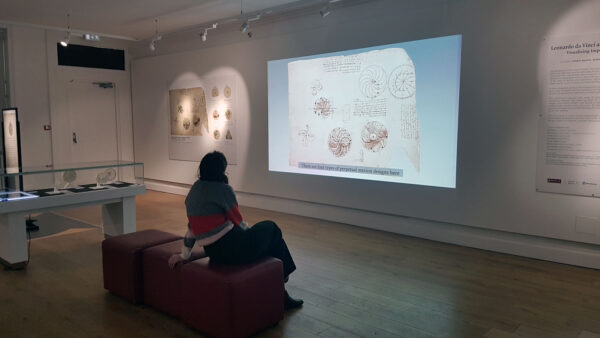
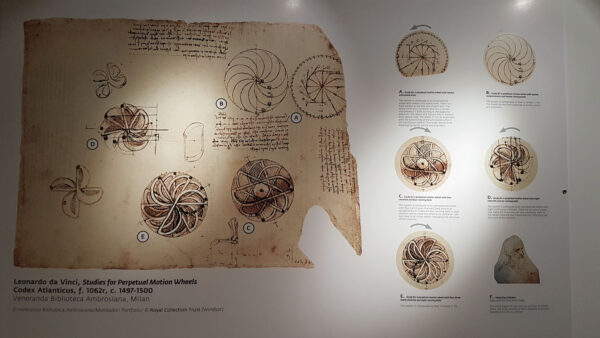
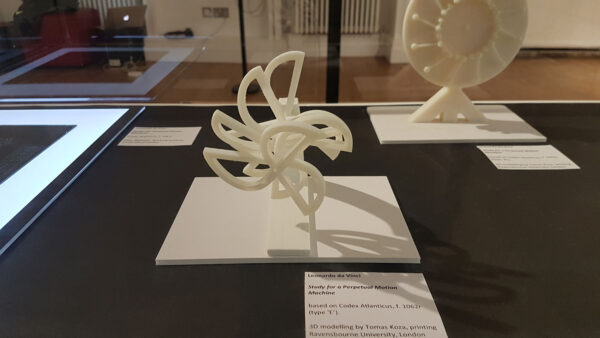

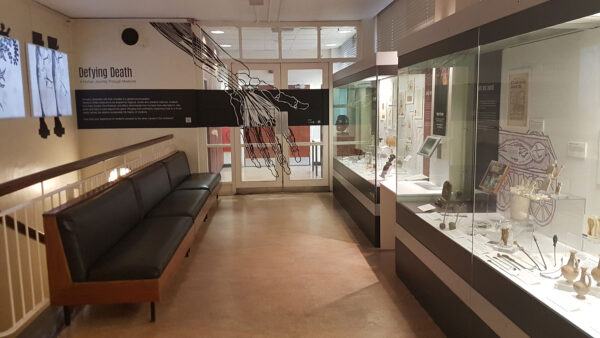
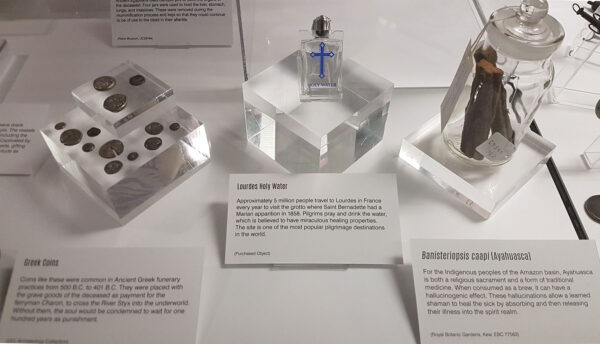
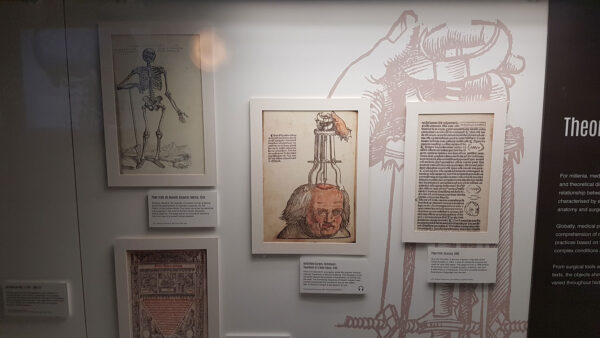
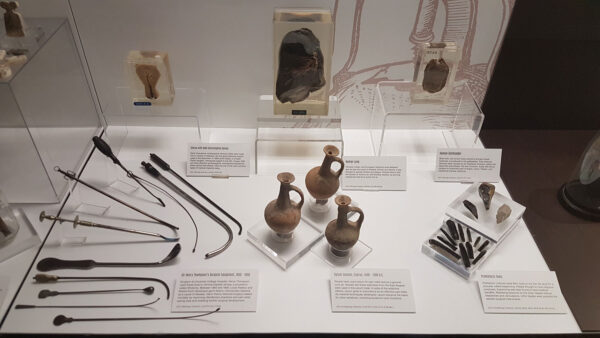






A small but important clarification: Birkbeck is a College of the University of London, as is UCL. Birkbeck is not part of UCL, but your article implies that it (and the Perpetual Motion exhibition) implies otherwise.